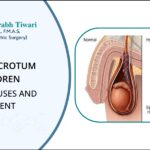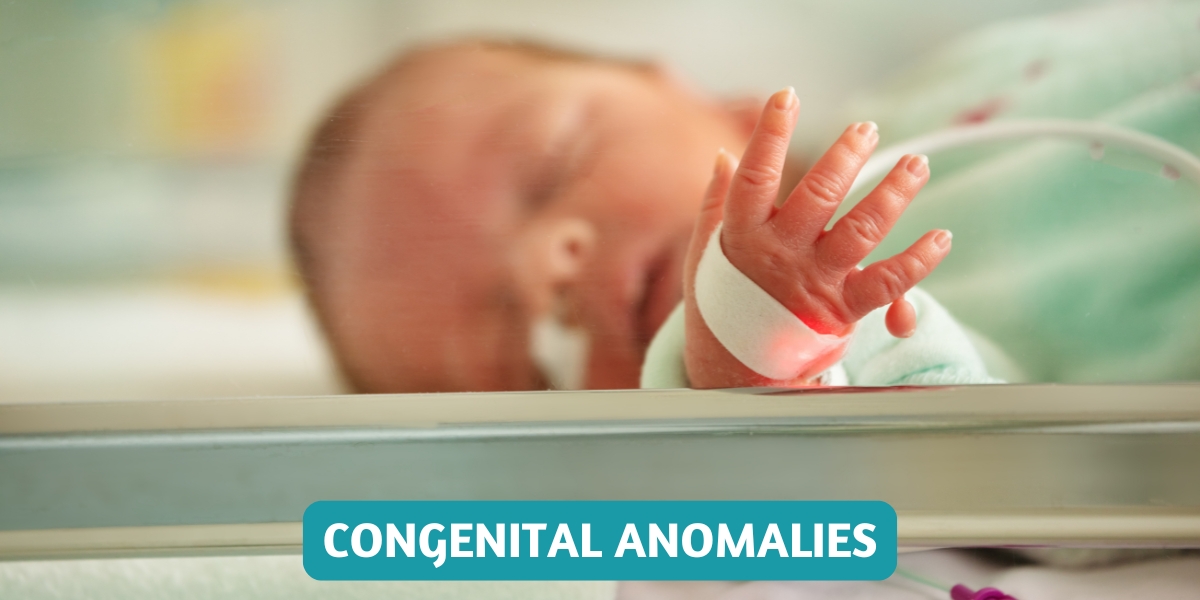Congenital anomalies, often referred to as birth defects, are structural or functional abnormalities present at birth that can affect various parts of the body. These anomalies range from minor issues to severe conditions requiring medical intervention. Understanding when surgery is necessary for children with congenital anomalies involves a detailed assessment of each case.
Types of Congenital Anomalies Requiring Surgery
Heart Defects
Congenital heart defects are among the most common types of anomalies that may necessitate surgery in infants and children. These defects can vary widely, from simple conditions that may resolve on their own to complex issues requiring immediate surgical intervention to correct structural abnormalities or improve heart function.
Cleft Lip and Palate
Cleft lip and palate anomalies occur when certain facial tissues do not fuse properly during fetal development. Surgery is often recommended to close the gap in the lip or palate, which can improve feeding, speech development, and overall facial appearance.
Spina Bifida
Spina bifida is a neural tube defect that occurs when the spinal cord does not develop properly. In severe cases, surgery may be necessary shortly after birth to repair the spinal cord and prevent further damage, such as infections or nerve complications.
Limb Defects
Certain limb defects, such as clubfoot or limb length discrepancies, may require surgical correction to improve function and mobility. Surgical procedures can vary based on the specific anomaly and its impact on the child’s ability to perform daily activities.
Assessing the Need for Surgery
Medical Evaluation
Medical evaluation plays a crucial role in determining whether surgery is necessary for a child with a congenital anomaly. This assessment involves thorough examinations, imaging studies, and consultations with specialists to understand the severity of the condition and its potential impact on the child’s health and development.
Functional Impairment
The decision to proceed with surgery often hinges on the functional impairment caused by the congenital anomaly. If the anomaly significantly affects the child’s ability to breathe, eat, move, or perform other essential functions, surgery may be recommended to improve quality of life and prevent long-term complications.
Long-term Prognosis
Long-term prognosis is another critical factor considered when determining the timing and necessity of surgery. Some congenital anomalies may require early intervention to optimize outcomes and minimize future health issues, while others may benefit from a more conservative approach initially.
Must Read – What is Laparoscopic Surgery for Children?
Surgical Options and Procedures
Timing of Surgery
The timing of surgery for children with congenital anomalies varies based on the specific condition and its impact on the child’s health. In some cases, surgery may be performed shortly after birth to address critical issues, while in others, a staged approach may be recommended to achieve optimal results over time.
Surgical Techniques
Advancements in surgical techniques and technology have significantly improved outcomes for children with congenital anomalies. Minimally invasive procedures, advanced imaging, and specialized surgical teams play key roles in ensuring safe and effective treatment tailored to each child’s unique needs.
Postoperative Care
Postoperative care is essential for children undergoing surgery for congenital anomalies. Close monitoring, rehabilitation therapies, and ongoing medical management help promote healing, reduce complications, and support the child’s recovery and long-term well-being.
Consult Dr. Saurabh Tiwari, a renowned pediatric surgeon in Goregaon, Malad, Andheri, and Jogeshwari, is dedicated to providing exceptional care for children.
For an Appointment Contact – 9326050270




